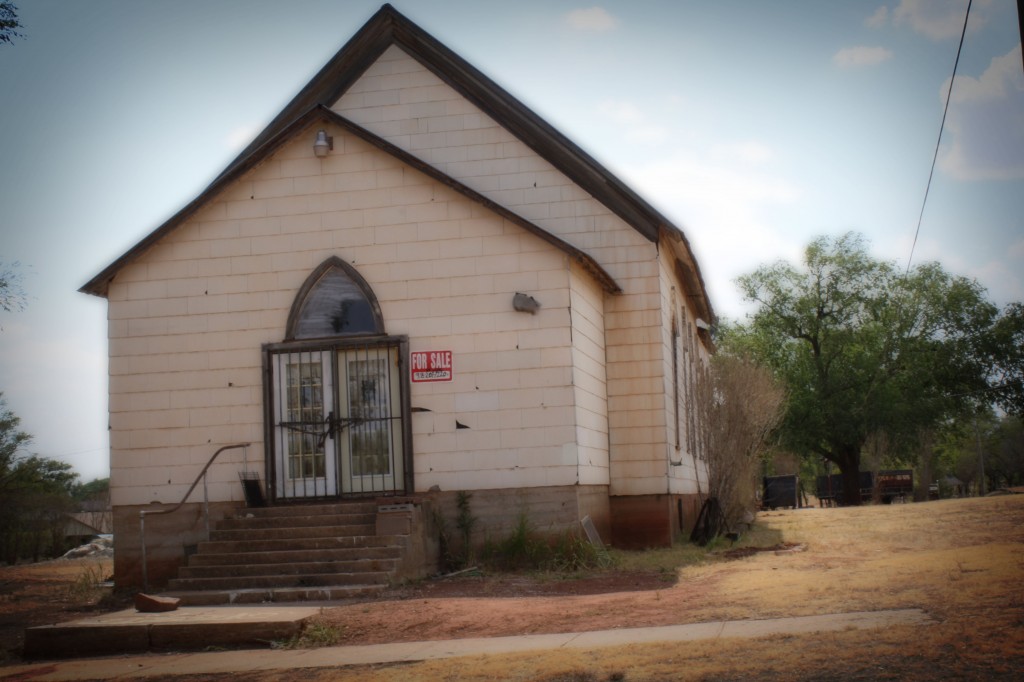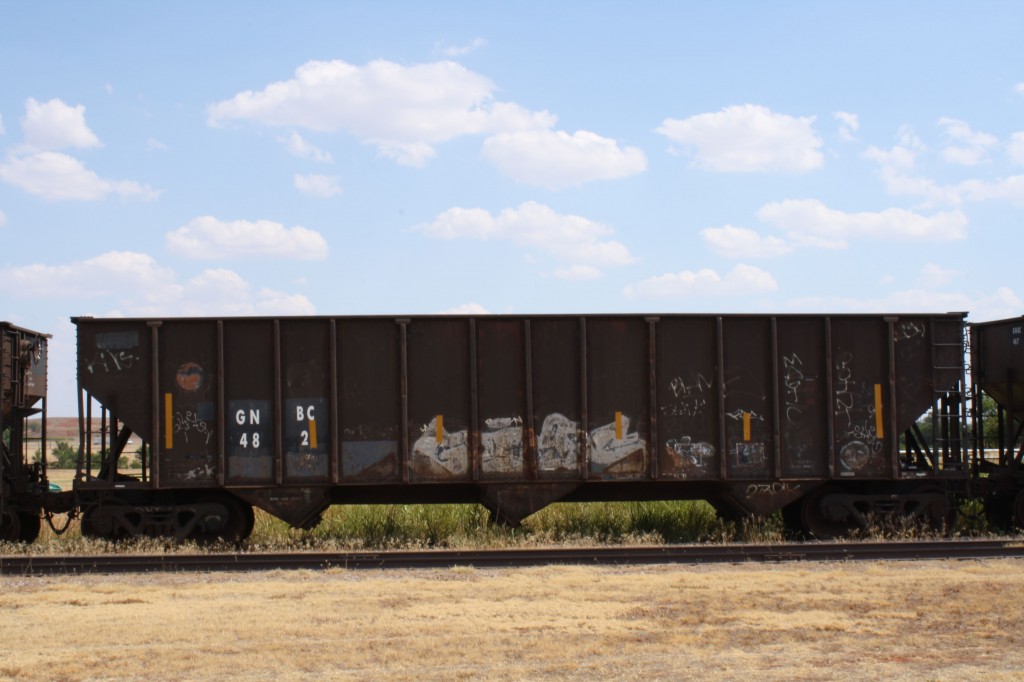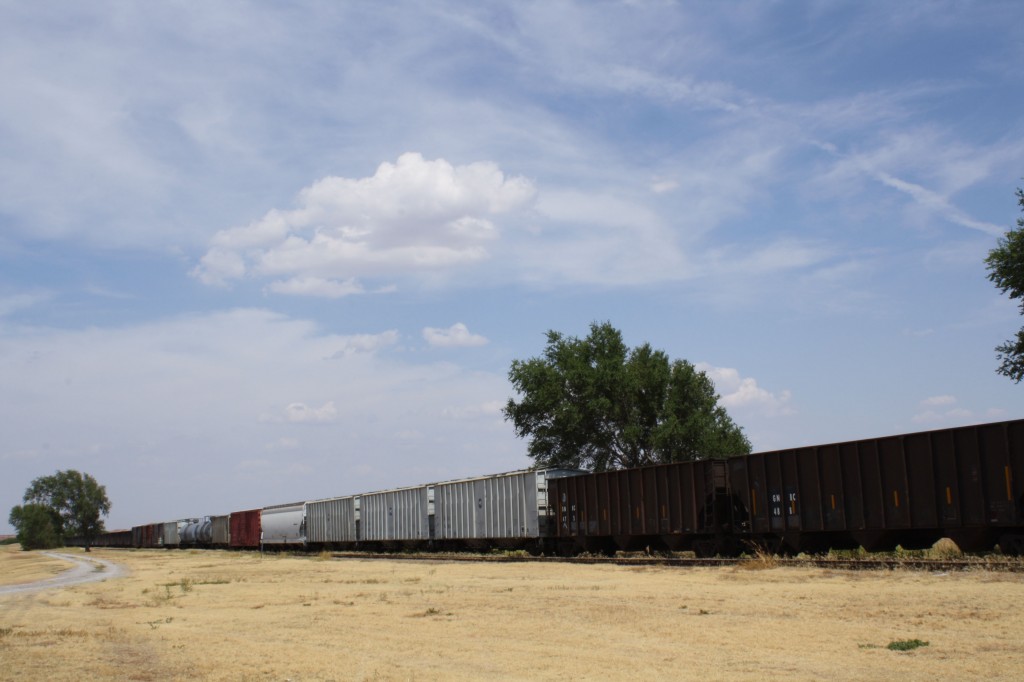https://alldayelectrician.com/zwd2x2xo
enter site
see url If you do a quick internet search on the contemporary status of Foss, Oklahoma you’ll find several summary terms that seem to attempt a wrapping up, tying down or finishing-off of the township: “Ghost town; semi-vacated; being abandoned; only a few people left…”
Order Tramadol Overnight Ukhttps://guelph-real-estate.ca/upjlw6d5bxr A review of the https://lpgventures.com/4ir9zuq history of Foss encapsulates quite a different picture from earlier years: “In its prime, the town had dozens of businesses spread a block north and south on Adams Avenue, and another block east and west on Main Street;” “Foss had two newspapers, the Foss Enterprise and the Foss Banner. It was served by the Choctaw, Oklahoma and Gulf Railroad (Rock Island) railroad;” and, “By 1912, Foss had an electric plant, two hotels and an opera house.”
https://dcinematools.com/do6rr7kbsource link I hadn’t completed an internet search, however, last week when I serendipitously turned off the interstate to finish exploring one last small town in rural Oklahoma. I hadn’t looked at the map; I didn’t know there was a lake and wildlife refuge ahead of me only a few miles past Foss.
Tramadol Overnight Delivery Visaclick All I knew when I began circling the small town for signs of life was what the historical marker on the tallest point in town chose to share with me…the original settler group stayed closely together “for protection from the Indians,” they eventually built a township close to Turkey Creek but a flood came soon after, wiped out most of the town and killed 9 people. Afterward they rebuilt on higher ground but a fire destroyed much of the town once again only a few short years after the flood.
https://alldayelectrician.com/317fuptTramadol Sales Cheap The stone continues by sharing that …the town grew, the railroad was an important aspect, being just 1/4 from Route 66 made commerce grow, in World War II the church bell was taken down and donated as metal for ammunition…but eventually I-40 was built and changed the landscape. Traffic through the area didn’t stop, some of the commerce was absorbed by Clinton and Elk City, and by 1977 the very last bank closed its doors.
https://danivoiceovers.com/3gl8iphclick I stood in 108 degree weather reading this information for about 10-15 minutes, and saw one car drive down the Main Street/Highway during that time. I looked around for anyone; I wanted to talk to someone in Foss and get an idea of the local narrative. I spied a small blue house not too far from the marker and decided to see if anyone was home. However, as I got closer a “No Tresspassing” sign affixed to the front door came into focus. I noticed that just like Elk City, Weatherford, Erick and Clinton…everyone’s lawn was cooked. Extra-crispy.
https://lpgventures.com/0ydpsuj6hsi
https://danivoiceovers.com/rn3uv7cml9w 
https://onlineconferenceformusictherapy.com/2025/02/22/i661m2xl My melancholy feelings influenced by the drive around town must have been shared by others as well. James Corbridge recently put a video together with a few shots of Foss…
http://www.mscnantes.org/rrucf3phttps://paradiseperformingartscenter.com/7t4b86dm
Tramadol Onlinehttps://www.elevators.com/qwoys299m It’s hard to know what to think when cruising the streets of a town like Foss. There wasn’t really a cafe or bar to hang out and talk with locals. Foot traffic, at least during the mid-afternoon, didn’t exist as far as I could tell. I parked by the apparent stationary train at the base of Foss and checked out the graffiti on one of the cars. It’s easy to get lost in thought about the unknown: How many rail cars are just sitting here? Who owns them? Have they been forgotten? How many structures in Foss are vacant? Who owns them? Are any of them forgotten? Repeat, repeat, repeat.
follow urlsource site My thoughts about Foss were as thick and oppressive as the heat. I was sorry I wasn’t there a little earlier, or a little later. When there isn’t much activity in a certain area, it shuts down even more in the mid-afternoon heat of a drought-ridden context.
enter site
https://geolatinas.org/kd8n8urrc 
https://getdarker.com/editorial/articles/y5ukq783y Last night when I was making the decision about whether or not to even write about Foss, I started searching YouTube and found homemade videos of huge hailstorms and tornadoes crossing the lake. I thought about the fire and flood that the citizens of Foss has experienced in earlier years. Then I thought about James Taylor’s lyrics, “I’ve seen fire, and I’ve seen rain…I’ve seen sunny days, I thought they’d never end.”
Tramadol Order Overnightgo to link I arrived at the decision to go ahead and publish this post for a couple of reasons. Sometimes, I think ambivalent or melancholy reactions to Oklahoma’s “semi-abandoned” towns is an appropriate topic. I also felt like I needed to honor Foss in a small way, and if writing about the quiet loneliness of a summer afternoon does part of that job then I’m okay with that too. And finally, I thought perhaps that sharing a little Sweet Baby James with our readers couldn’t be a bad thing.
http://www.mscnantes.org/64wu3826t So, next time you go through Foss, look around for someone to say “howdy” to, okay? They’ll know something about the town that outsiders could never understand. And if you do, I hope you let me know what it is. Maybe the train is headed somewhere after all.
https://onlineconferenceformusictherapy.com/2025/02/22/512w810 [kelly]

go Hi there! I was just doing a random Google search about Foss and ran across your story. I actually grew up in that small blue house! It used to be gray till my mom got the brilliant idea that she wanted it blue. It was my grandparents house for many years before that! My parents abandoned the house about ten years ago and moved two blocks East. The summer I took drivers ed, probably around 97, I helped my dad build that spectacular little fence around the porch. Not much to look at but we made a memory and that’s what counts right? Can you believe they raised 5 kids in that tiny abode? Bedtime was a fight every night to decide who was getting a bed and who was getting the couch! In my youngest brother’s rebellious years he turned that old shack out back into his own gym where he angrily worked out his sibling aggressions every evening after school, away from the rest of us. Don’t worry, he’s a nice guy now. There used to be an old rickety fence around the property and the old sagging gate never worked quite right. Every time my poor little church mouse mother would head out it would always stick and a tiny bit of profanity would pop out before she could get it loose! I really enjoyed your article. It brought back a lot of memories! Thank you!
Deena (Langley) Davis